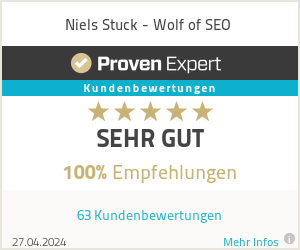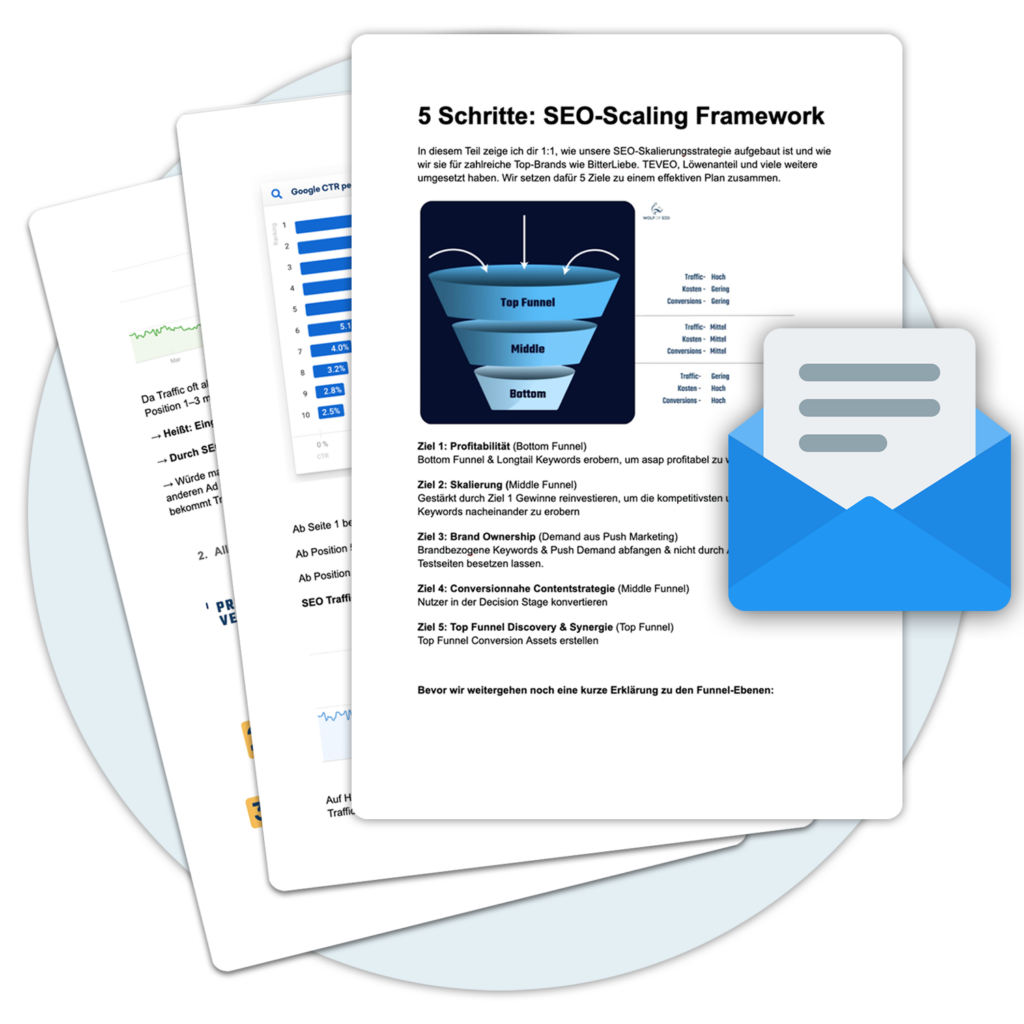Definition
Google Analytics Content Groups are a feature of the web analytics services of Google Analytics, which allows users to group content on their website into different categories. This allows them to gain detailed insight into how visitors navigate their website and how they respond to different content. Content Groups are used as comparison groups that allow users to compare results between different pages, categories or other parameters.
Advantages
Content Groups allow users to more easily compare and analyze the performance of different content on their website. The feature allows users to compare different pages, categories, or other parameters to get a variety of results. Content Groups also allow users to track interactions and engagement on their website. This helps improve the user experience and optimize the website to achieve a higher conversion rate.
Disadvantages
One disadvantage of content groups is that they are only available for Google Analytics-users are available. Also, users can only create a limited number of Content Groups because of the limited options in Google Analytics are limited. It can also be difficult to interpret results when using multiple content groups at the same time, as the results become more complex.
Use cases
Content Groups can be used to get a better understanding of how visitors navigate a website. They are also great for comparing the performance of different content, including categories, pages, and other parameters, and can be helpful for tracking engagement and interactions with visitors. Content Groups can also be used to improve website optimization and increase conversion rates.
Detailed examples
Example 1: An online store can use Content Groups to monitor the performance of different product categories. With Content Groups, they can compare different categories, product pages, and other parameters to see how visitors behave on the website and which products they click on.
Example 2: A blog can use Content Groups to monitor how many visitors click on specific blog posts, how many page views each post receives, and how many comments each post receives. Content Groups also allow users to compare different categories and authors to see which content is most popular.
Conclusion
Google Analytics Content Groups are an effective tool to help users compare and analyze the performance of different content on their website. With Content Groups, users can also track engagement and interactions and improve website optimization to achieve a higher conversion rate. Content Groups are a powerful tool that can help users improve their online presence.
« Back to Glossary Index







